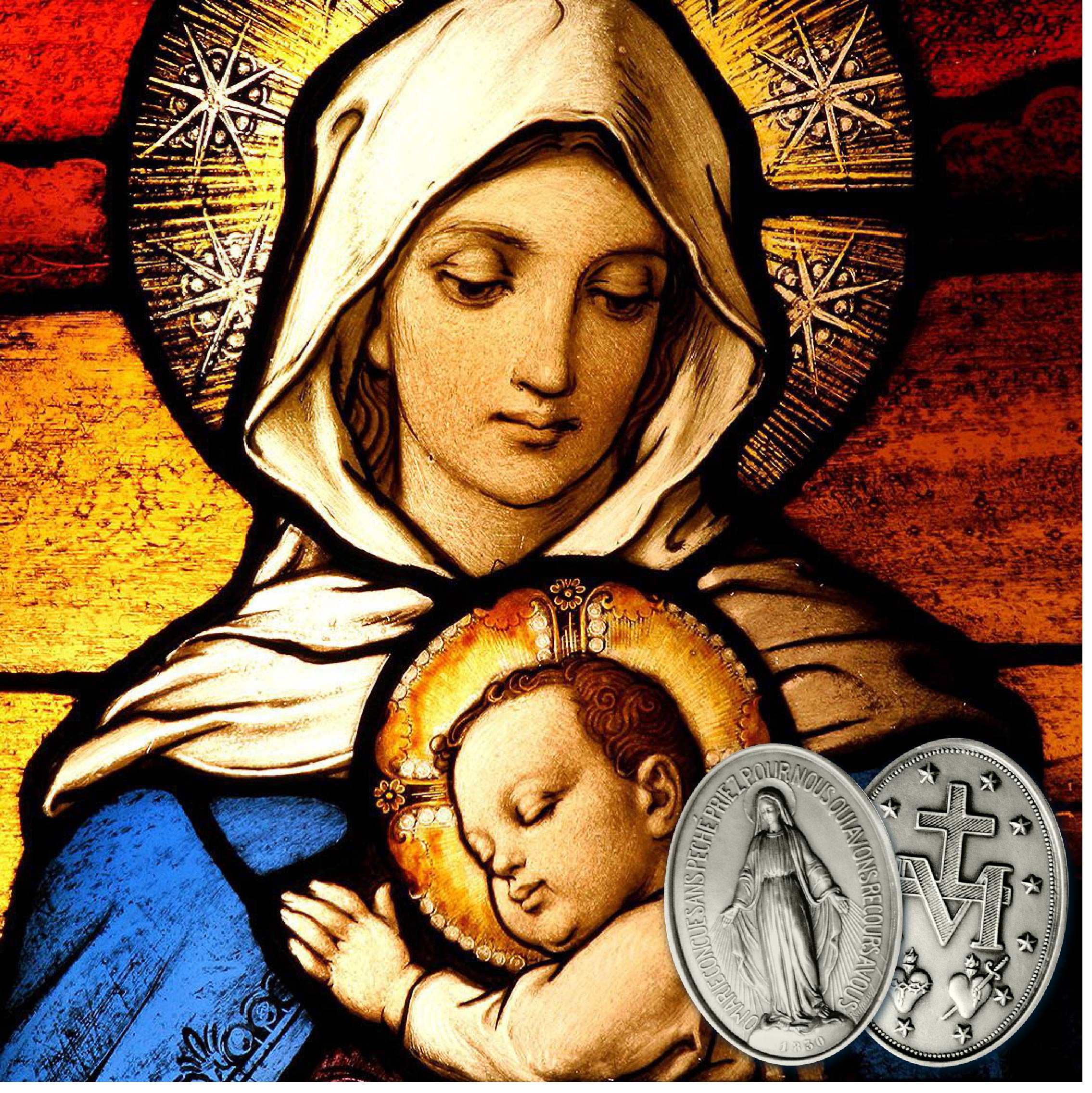
Today’s feast of the Immaculate Conception is a public holiday in many countries—and has always been a special day of celebration for the SVP. As a Society under the patronage of St Vincent de Paul, it is easy to forget that we actually have two patrons: St Vincent de Paul and our Blessed Mother.
From our beginnings in 1833, our spiritual life has been profoundly Marian. When the newly formed Conference of Charity adopted St Vincent as its patron, the founders were unanimous in approving Blessed Frédéric Ozanam’s motion to adopt Mary as patroness. At Frédéric’s suggestion the Hail Mary was added to prayers at conference meetings. The feasts of Saint Vincent de Paul (then 19 July, now 27 September) and the Immaculate Conception (today’s feast) were chosen as days of celebration and fostering a spirit of friendship within the Society.
The adoption of Our Lady as patroness was no mere gesture. Blessed Frédéric had a clear idea of what it meant to choose a patron—to him a patron is an intercessor and a model of the Christian life. Frédéric said:
A patron saint is a model whose example we must try to imitate as they strove to imitate the Divine Model, Jesus Christ. It means trying to carry on the work they have started, endeavouring to take on something of their warmth of heart... …A patron saint provides a model for us to copy on this earth and a protector who will watch over us in heaven.
So the SVP has two models and intercessors. We have a saint of great charity in St Vincent de Paul. And we have our Blessed Mother, the perfect example of Christian discipleship.
In our commitment to spiritual growth as Christians and members of the SVP, we aim high in adopting Mary as our patron and pattern of life! St John Paul II said,
Christians look to Mary, the first redeemed by Christ, who had the privilege of not being subjected even for a moment to the power of evil and sin, as the perfect model and image of holiness that they are called to achieve, with the help of the grace of the Lord, in their lives.
Today is an occasion to reflect on Mary as a model of discipleship and on our own response to what God is asking of us. On this feast, we celebrate Our Lady’s privilege in being free from sin from the first moment of her existence. She is “full of grace”, empowering her with the total freedom to co-operate when she is asked to become the mother of Christ and assist in His work of redemption. We too are called to the same grace-filled co-operation with God according to his plan for us.
Did you know:
- St Vincent himself had a deep devotion to Our Lady, turning to her before starting any task, and instructing his communities to pray to her in her Immaculate Conception
- The first rule of the SVP was adopted in 1835, on the feast of the Immaculate Conception
- Past popes have enriched the Society with indulgences. A plenary indulgence is granted to members on the feast of the Immaculate Conception under certain conditions
Reflection on the Miraculous Medal

We recently celebrated the feast of Our Lady of the Miraculous Medal (27 November), a popular and beautiful devotion within the Church. The medal was originally called the Medal of the Immaculate Conception, because of the prayer inscribed on it: “Our Lady conceived without sin, pray for us who have recourse to you”.
Did you know that there is a Vincentian connection to the medal?
- The Miraculous Medal was given to the world by Our Lady in her appearances to St Catherine Labouré, a Daughter of Charity of St Vincent de Paul
- Our Lady’s appearances to St Catherine were preceded by visions in which St Vincent de Paul spoke to her
- While the Daughters of Charity were distributing the first Medals to the poor of Paris, they were at the same time introducing the first members of the SVP to families in need of help
- Due to the countless miracles linked to the medal—cures, conversions and other graces—the people called it “the Miraculous Medal”
- The surge of devotion that rose with the spread of the medal led to the doctrine of the Immaculate Conception being officially defined and proclaimed as a dogma of the Church by Pope Pius IX in 1854.
During his life St Vincent de Paul (1581-1660) had a deep devotion to Our Lady so it is no wonder that many years after his death he and his spiritual children had a part in bringing the Miraculous Medal to the world.